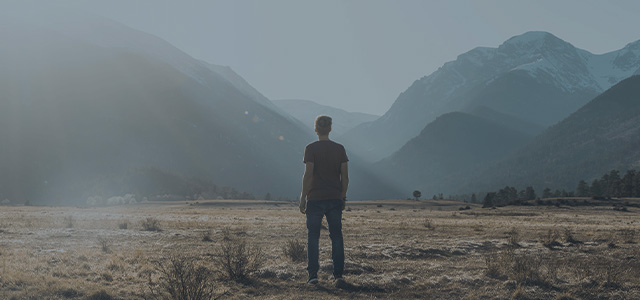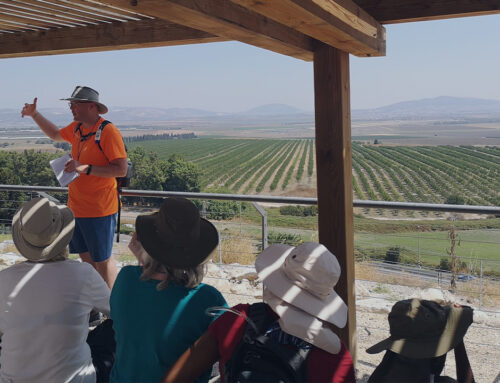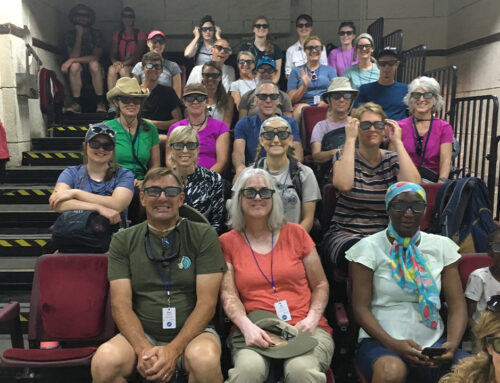DAY SIX OVERVIEW
• Written by Elizabeth Wacaser •
Just as God declared His works “very good” on the sixth day of creation, in similar fashion we must confess that this sixth day of our trip was “amazing!” Praise the Lord!
We arose bright and early for our final morning at Ein Gev Kibbutz on the Sea of Galilee. We wanted to get a head start on our first site, Bet Shean, before it got too hot or crowded. Our Hebrew guide Dan chose to bring us in through the secret back entrance to set the stage for a certain “Wow! moment.”
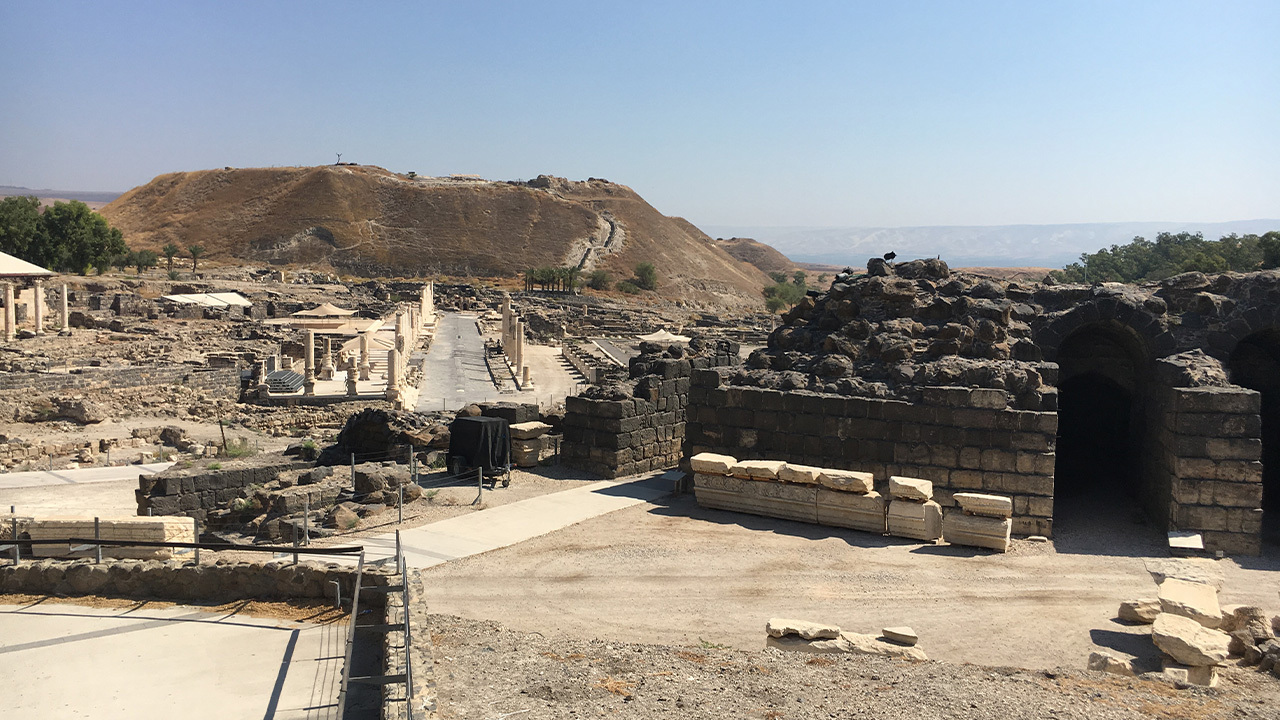
We hiked along the path until we reached the western Roman gate which was once an impressive sight with the arches before the great earthquake of 749 AD. Farther up we reached the gate built by the Crusaders, which was later in history but enclosed a smaller area. Then we climbed the Tel itself, which contains an impressive 19 layers of civilization. From the top we admired the view of the valley, and talked about the story of Saul, king of Israel, pointing out Mount Gilboa and other locations in the story before our eyes. Nathan spoke about how Saul is a vivid picture of the flesh, our old identity that we need to put off in order to put on our new life in Christ. He exhorted us to take sin seriously and not give the flesh even an inch in our lives, lest it turn and bring down our spiritual lives like the Amalekites did Saul’s.
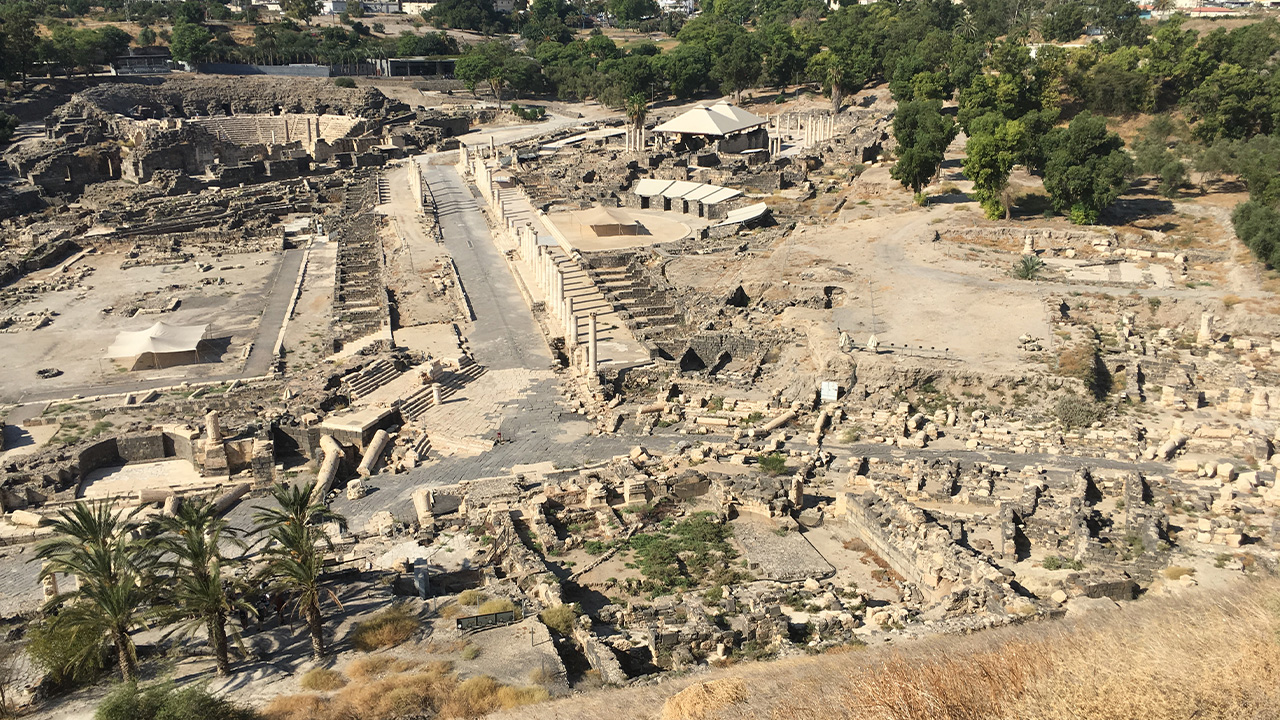
Next was the “Wow! moment” Dan had for us. At the edge of the hill we were amazed to see the Roman city of Scythopolis (the Roman name for Bet Shean) laid out before us, pillars and all. Of course it was in ruins, but between the cobbled streets, mosaics, theatre, baths, and other rooms, there was plenty to see. We did get a good laugh as we posed (honorably) for the obligatory group photo in the public latrine.
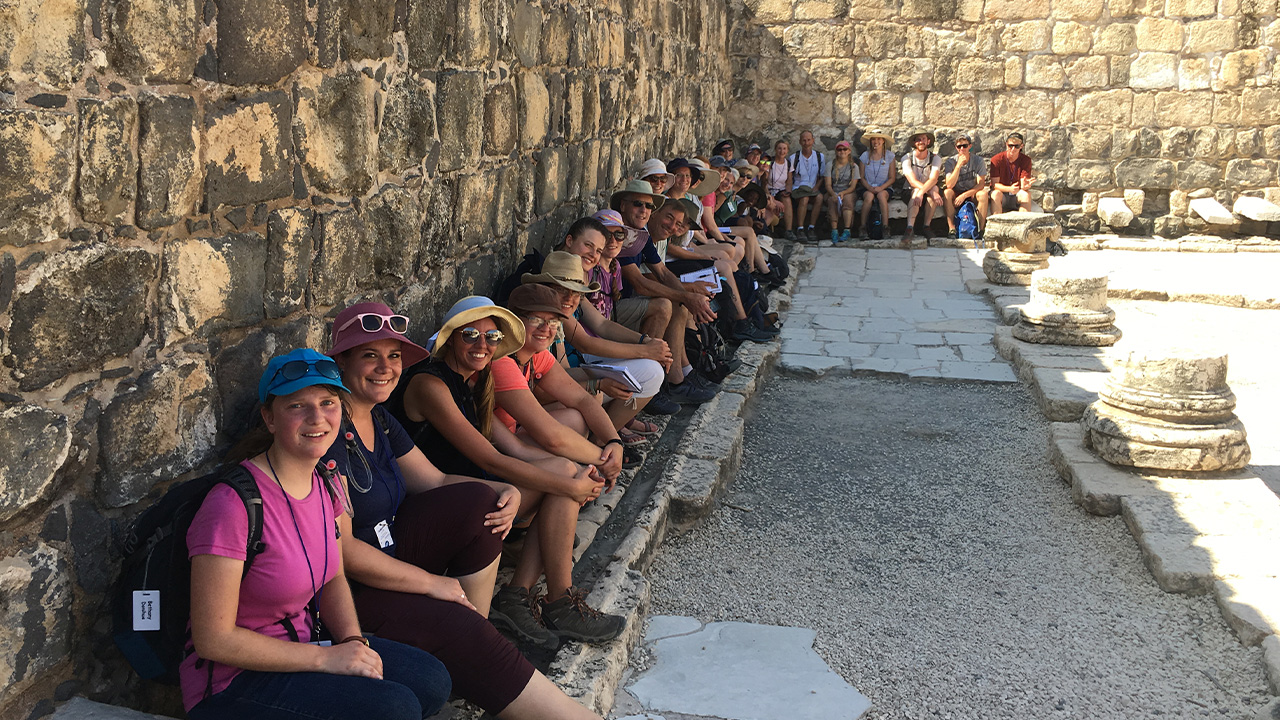
On the way to our next site, Tel Megiddo we drove through the Valley of Jezreel, passing through thriving agricultural fields. To reach the top of the Tel we hiked through several gates: a Canaanite gate with narrowing 90° turns for defense, an Israelite gate built by Solomon, and a gate possibly built by Ahab. Nathan challenged us with the thought that just as a gate was a place of many important activities, and the main defense of a city, so we should consider whether the “gates”of our lives are well-protected and what sort of activities are happening there.
At the top of the Tel, we had a grand view of the Jezreel Valley, with a clear sight line to Mt. Gilboa, Mt. Tabor, and Nazareth. Some say more battles have been fought in this valley than anywhere else in human history. Yet another battle is foretold which is better known by its Greek name: Armageddon. In Hebrew, “har” means hill, so “Har Megiddo” means “hill of Megiddo.”
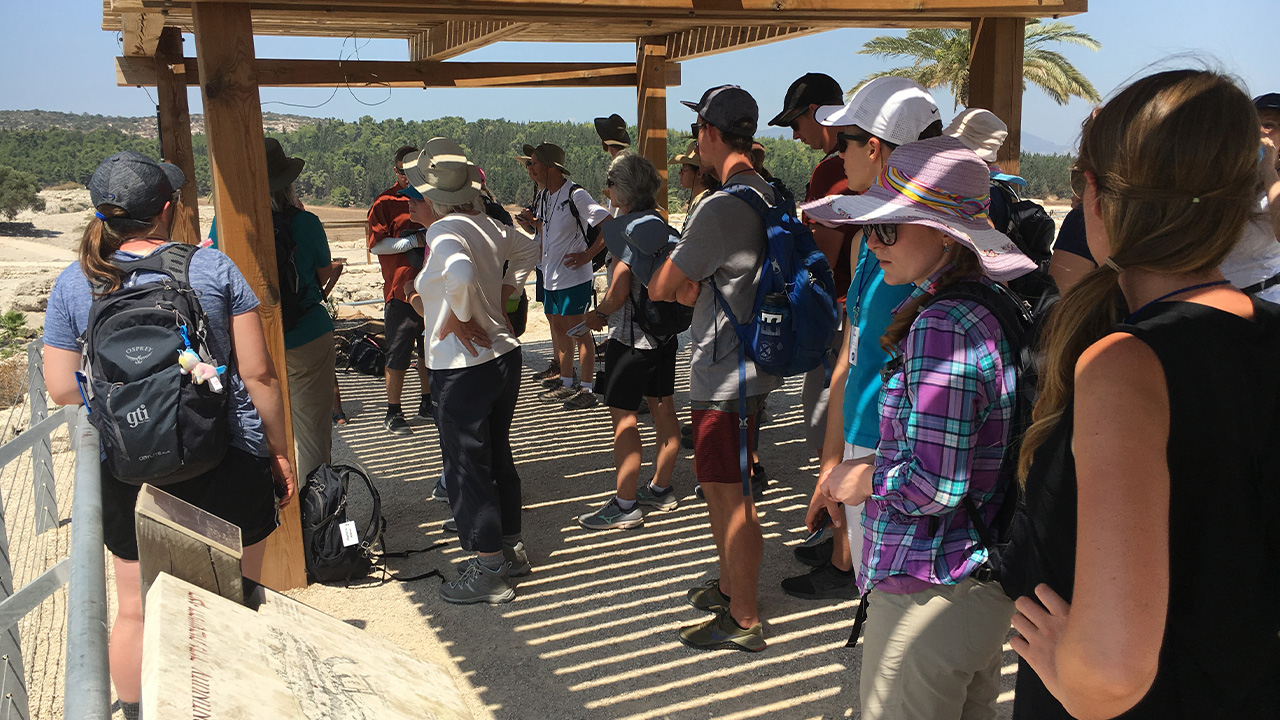
Dan had a few more things to show us at Megiddo: the birthplace of modern Tel archeology, mangers used for Solomon’s chariot horses, and an incredible water system originally hewn out by ancient Canaanites through meters of bedrock (how did they know there was water down there?) and extended by the Israelites many years later to bring the water inside the city wall.
Continuing west with Eli at the helm of the bus, Dan educated us on the minority and religious sect known as the Druze. We stopped for lunch at the restaurant of a friendly Druze named Rafiq, where we enjoyed either schnitzel or falafel sandwiches on fresh pita, along with a delightful salad bar. Israeli food is incredibly colorful, fresh, and tasty!
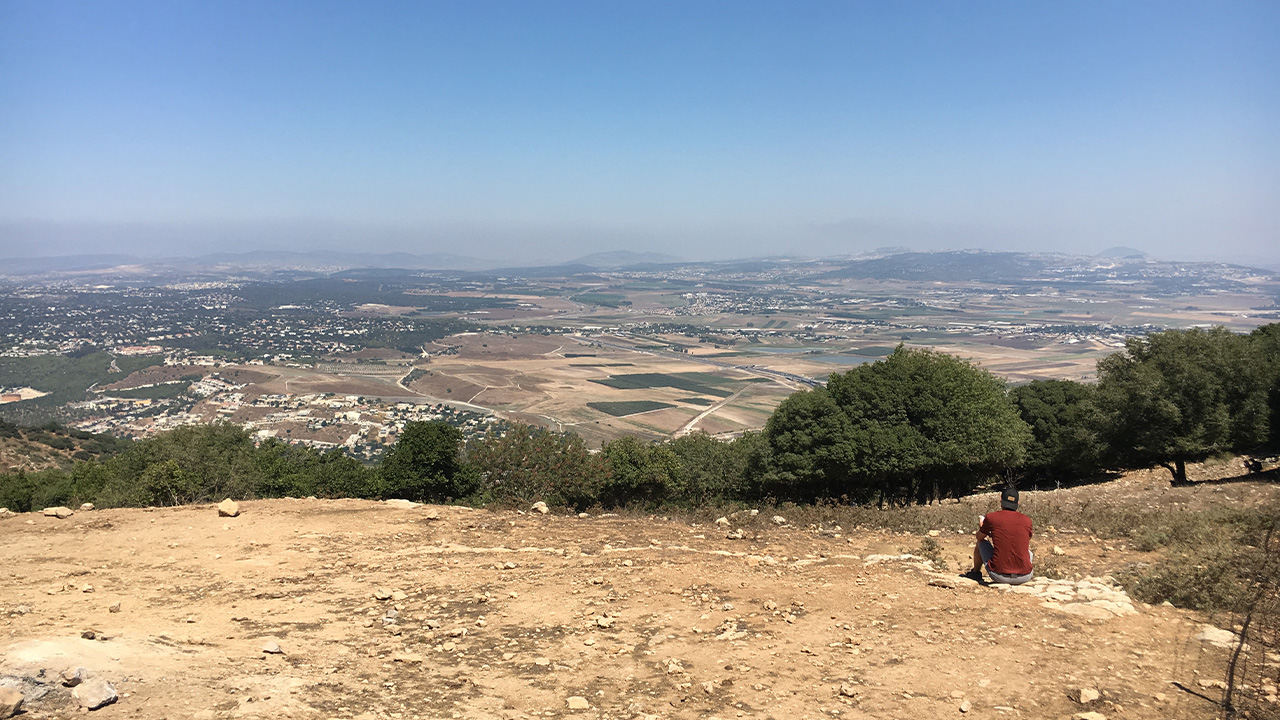
Next on the agenda was seeing the location of a Bible story I’ve heard and read and told countless times: Elijah on Mt Carmel. Although there is a bit of controversy over which peak of the range is the real Mt Carmel of the story, the one we were at has some good evidence in its favor. More excitingly, we were able to come in yet another secret back entrance and have the vista to ourselves. We took some time to read the story and ponder it individually, all the while looking out over the valley. As I surveyed the green irrigated fields and orchards of today, I imagined what it would have looked like after 3½ years of drought. It would have been like a desert, albeit a temporary one. How often God uses seasons of desert to draw us toward himself and prove His might and faithfulness!
Our last stop of the afternoon was right on the coast of the Mediterranean: the Roman city of Caesarea Marítima. There was so much here I have no doubt we could have spent the whole day exploring. This city was one of Herod’s many building projects, and was made to impress: Pillars. Statues. Avenues. An enormous theatre which in ancient times had another whole tier of seats, not to mention a section of the stage which could be filled with water for sea battle dramas. Herod’s swimming pool. The very courtroom where the apostle Paul stood on trial. This important city is featured heavily in the book of Acts. Before returning to the bus, some of us took the opportunity to dip our feet in the waters of the Mediterranean. Our driver Eli surprised us with a sweet treat: freshly cut watermelon, a very welcome refreshment after being in the intense Israeli sunshine!
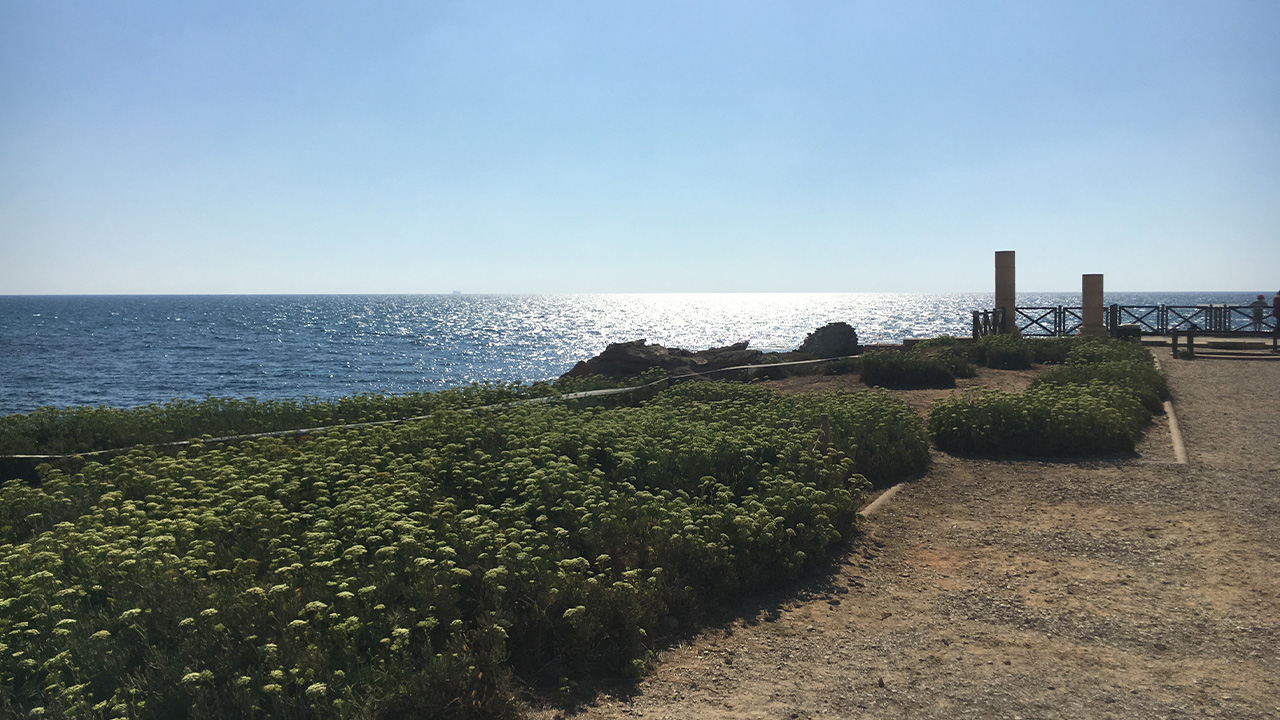
The drive to Jerusalem and the kibbutz where we’ll be spending our next few nights took about two hours, so we made the most of the time and requested a history lesson from Dan about both kibbutzim and the Crusaders. Some of us also read the Psalms of Ascent (120-134) together, remembering their traditional purpose of being recited or sang as the Israelites made their annual pilgrimages to Jerusalem. Now we can say with perfect sincerity the words of Psalm 122, “Our feet have been standing within your gates, O Jerusalem!”
Interested in learning about future Deeper Christian Israel Study Tours? Our next trip is scheduled for April 2020 and details/registration will be announced early September. Go to deeperChristian.com/Israel to sign up for details/updates and to be notified first when the trip officially opens up.
Disclosure of Material Connection: Some of the links in the post above are “affiliate links.” This means if you click on the link and purchase the item, deeperChristian will receive an affiliate commission (with no additional cost to you). It is a great way to support the work and ministry of deeperChristian. Regardless, we only recommend products or services we use personally and believe will add value to our readers. We are disclosing this in accordance with the Federal Trade Commission’s 16 CFR, Part 255: “Guides Concerning the Use of Endorsements and Testimonials in Advertising.”




